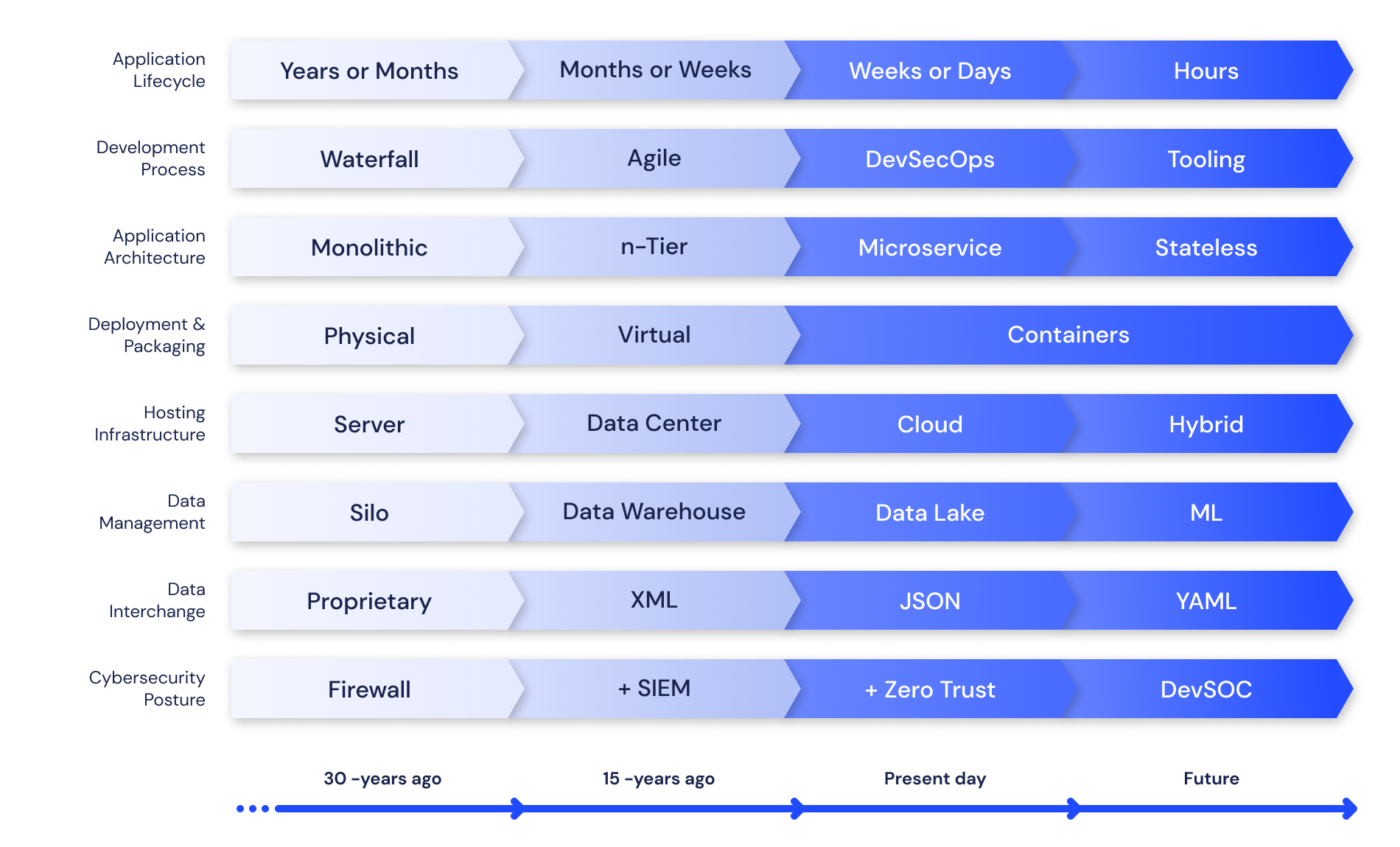Art of Cloud Automation
Discover the immense potential of automation in compliance for delivering consistent, reliable software and understand that implementing it involves a transformation of mindset and technology.
So, why is automation so crucial in compliance? Have you ever worked on a project that took weeks or months of development only to fall apart when deployed to production? That's a common scenario when working without compliant automation.
It's like building a house without power tools - technically possible but extremely slow and labor-intensive.
In compliance, we apply automation not just because we can or because it's trendy. Nope. We engage with it mainly because it brings forth predictability and consistency into our workflows. And this matters – big time. It's not some fancy buzzword; it's core to delivering reliable software quickly.
With automation, we can programmatically control tasks that would otherwise require manual intervention. Consider tedious chores like code deployment or environment configuration - these are great candidates for automation.
But let me emphasize something - implementing automation is not just flipping a switch. The transformation involves mindsets and people as much as the technology itself. Automation isn't about replacing humans – far from it. It's more about augmenting our efforts by letting machines handle what they're really good at: repetitive stuff with high precision, just like driving a car on a highway.

Let's discuss three key elements that streamline our compliant pipelines - Agility, Security, and Decoupling.
This is the ability to respond quickly to change. In a business context, it means the capacity of an organization to renew itself, adapt, change quickly, and succeed in an environment of rapid change and ambiguity. But how does this translate into the world of automation in compliance?
It's simple - when you automate processes, you reduce the time to get things done. You eliminate cumbersome manual steps that would have otherwise slowed down your delivery pipeline. And this inherently leads to agility - with automated deployments, integrated testing frameworks, configuration management, etc., businesses can react almost instantly to changing market demands or fluctuating customer needs without skipping a beat.
This lets us pivot on a dime notably faster than traditional approaches would have allowed. With smaller code changes being pushed more frequently through automated pipelines directly into production environments, businesses maintain compliance standards while having a competitive edge by bringing new features or bug fixes live before anyone else can.
When discussing automation in compliance, embedding security measures is no longer optional but rather integral. Why is it so crucial? Because automating security safeguards reduces human error (a significant factor in most security breaches) and helps consistently maintain compliance with industry and organizational regulations.
For instance, automated incident response playbooks – having predefined procedures that kick in automatically when certain conditions are met can be a game-changer during crisis situations.
Think of a typical jigsaw puzzle. Each piece is separate, yet they must fit together to create the final image. Likewise, decoupling steps is about breaking down a process into multiple independent parts that can be managed separately but work together seamlessly when needed.
Decoupling your compliance pipeline process presents several advantages:
- Parallel Execution: When steps are decoupled or made independent from each other, they can run simultaneously in parallel instead of waiting for one to finish before the next begins. This significantly cuts down process time and boosts efficiency.
- Improved Clarity and Manageability: The divide-and-conquer approach makes each step easy to understand and maintain. Deciphering problems becomes less of a headache because you know exactly which part needs attention.
- Agility: With smaller parts at play, introducing changes becomes more manageable without massive disruptions.
Weaving agility, security, and decoupling practices seamlessly into our automated procedures paints a broader picture where everyone—from operations staff all the way up to C-suite executives—has both clear visibility into system status and shared responsibility over outcomes.
Continually remind yourself that the human factor is still pivotal despite our extensive use of machines — from AI-powered tools delivering viable solutions to advanced orchestration platforms such as Kubernetes managing containerized microservices. Automation exhibits its most effective potential not when employed as a replacement but rather as an aid, enhancing the quality of our digital lives.
Compliance isn't an optional tick-box exercise anymore - it's necessary for businesses across sectors today, given stringent rules set by regulatory bodies & regional data-protection laws like GDPR (in the EU) or CCPA (in California).
Automating regulatory compliance does two things – first, it reduces the inherent friction due to manual administrative overheads, thus significantly accelerating processes; second, it ensures compliance since these checks aren't susceptible to human oversight or skipped due to sheer inconvenience.
By embedding automated compliance checks into software delivery pipelines (for instance, by using policies-as-code), we make sure software integrates regulatory requirements as part of their DNA right from inception rather than having them bolted on hastily during later stages (which could inadvertently lead to poor execution & feature-creep).
These automated checks could range from checking if code adheres strictly to defined coding standards, thereby avoiding potentially harmful bugs creeping in; implementing robust identity & access control governance, ensuring only authorized individuals have appropriate levels of access, reducing inadvertent data leaks; comprehensive log management guaranteeing traceable audit-trails for accountability & transparency, etc.
Being agile while maintaining iron-clad security through automated practices in this high-stakes digital casino isn't just about getting your proverbial ducks in a row with standards like YAML for consistent deployments – it's about aligning those ducks meticulously into resilient formations flexible enough to dodge treacherously swirling eddies prevalent along tumultuously swirling riverbeds characteristic within these ever-evolving technological fields punctuated catastrophically with enterprise-threatening penalties non-compliant indulgences invite undesirably.
Remember: The goal here is not 100% automation - such utopia often leads to dystopian nightmares characterized by loss of control paradoxically. Instead, aim for optimal equilibrium balancing human creativity with machine precision harnessing the best of both worlds, productively delivering top-quality products at speed, and securing delightful end-users consistently.